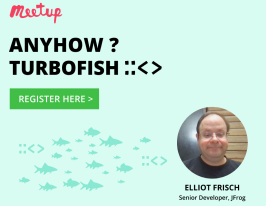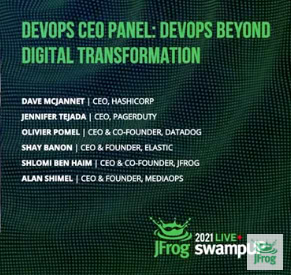Closing the Supply Chain Security Loop with Rust @ Rust Nation UK
JFrog is a Platinum Member of the Rust Foundation
March 9, 2023
< 1 min read
Closing the Supply Chain Security Loop with Rust @ Rust Nation UK
Rust is the most loved and most wanted programming language today, and the community has nearly quadrupled in the last two years to 2.2 million. With over 85,000 packages built by thousands of contributors across the world, Rust is the definition of open and inclusive. We are going to talk about one project that is leveraging Rust to enhance supply chain security for open source projects just like the ones that make Rust Rust. Pyrisia will address one of the security challenges we all face: using secure packages in our development. Join us for an informative and interactive session on Rust, Pyrsia, and how their communities are working together to secure the software supply chain.




